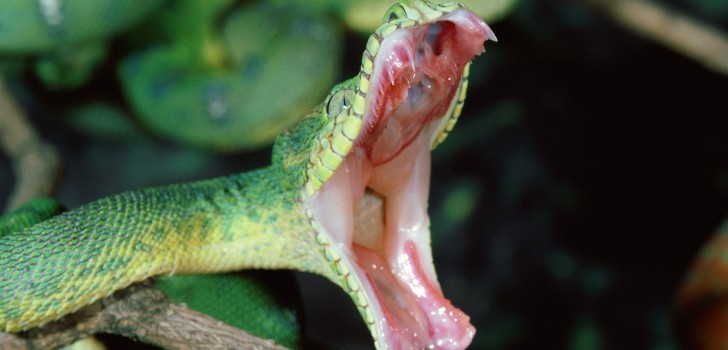Researchers have finally figured out why antivenom in America is one of the most costly medicines despite retailing for a few hundred dollars in neighboring Mexico.
Every year, 100,000 people die in the world from snakebites, according to Doctors Without Borders. Close to 8,000 Americans are bitten by snakes inside the U.S. alone. The biggest hindrance to their recovery is the cost of antivenom. In Arizona, patients can pay as much as $2,300 for a single shot of antivenom. The total treatment, which includes multiple shots, runs into tens of thousands of dollars.
Leslie Boyer, director at the University of Arizona’s Viper Institute, stated in an article published in the American Journal of Medicine “We were crestfallen to discover…that the chosen wholesale price for this otherwise excellent drug was set too high to be cost effective, even in the treatment of critically ill children…Somehow, a US drug whose sister product retailed in Mexico at $100 was resulting in bills to Arizona patients of between $7,900 and $39,652 per vial.”
Making antivenom is no complex task. The process involves injecting sheep with the rattlesnake venom and harvesting antibodies from their bodies. The antivenom is then processed in labs from the antibodies and retailed at insanely high prices, raising questions as to why.
Through drafting the whole process of making the medicine, from the farms all the way to the labs and finally the pharmacy shelves at the hospital, Boyer developed a price model showing exactly how much was added at every stage to the overall price.
Boyer revealed that while the cost of actually making the antivenom including research, animal care and antibody harvesting was significantly low (0.1 per cent), fees such as licensing, regulation and medical facility profits contributed 27.7 per cent.
However, the real thorn came in the form of hospital markups on insurance which contributed 70.1 per cent to the final cost.
Boyer wrote that depending on one’s insurance, medicine prices such as antivenom or Advil can fluctuate drastically. Boyer noted that a snakebite victim in North Carolina may pay up to $5400 in antivenom treatment while one in Arizona only pays $347, despite having the same insurer. For those without cover, the figure runs into the hundreds of thousands.
Antivenom is becoming exorbitantly expensive for a majority of Americans and insurance is the culprit. Insurance companies and hospitals need to work together to determine a suitable pricing model that will benefit the ordinary citizens lest more Americans die of treatable snakebites from lack of health care.
Stay Connected